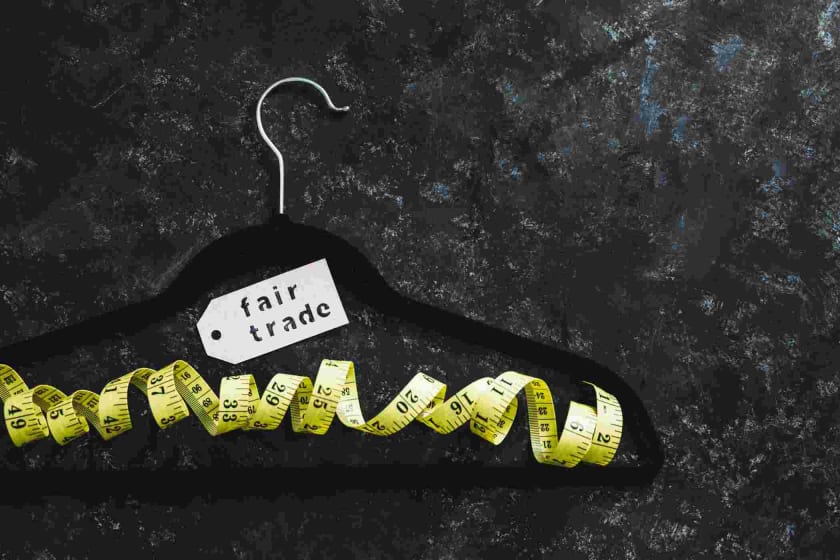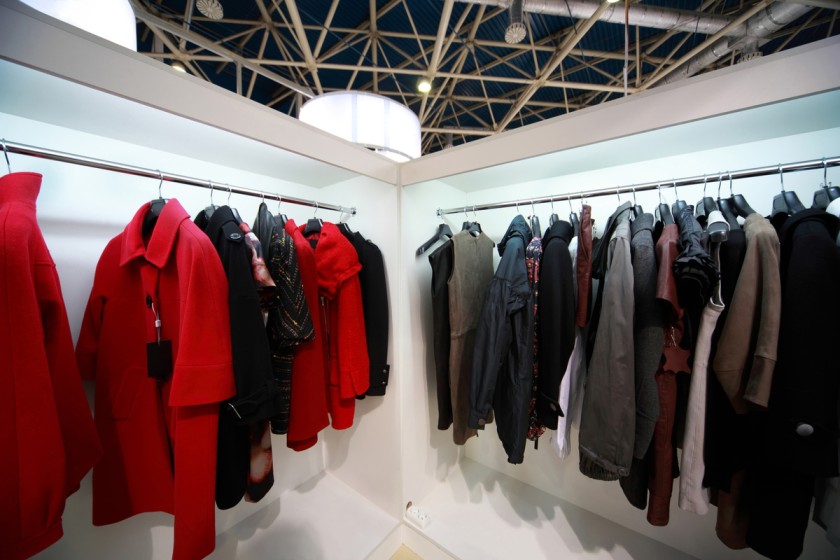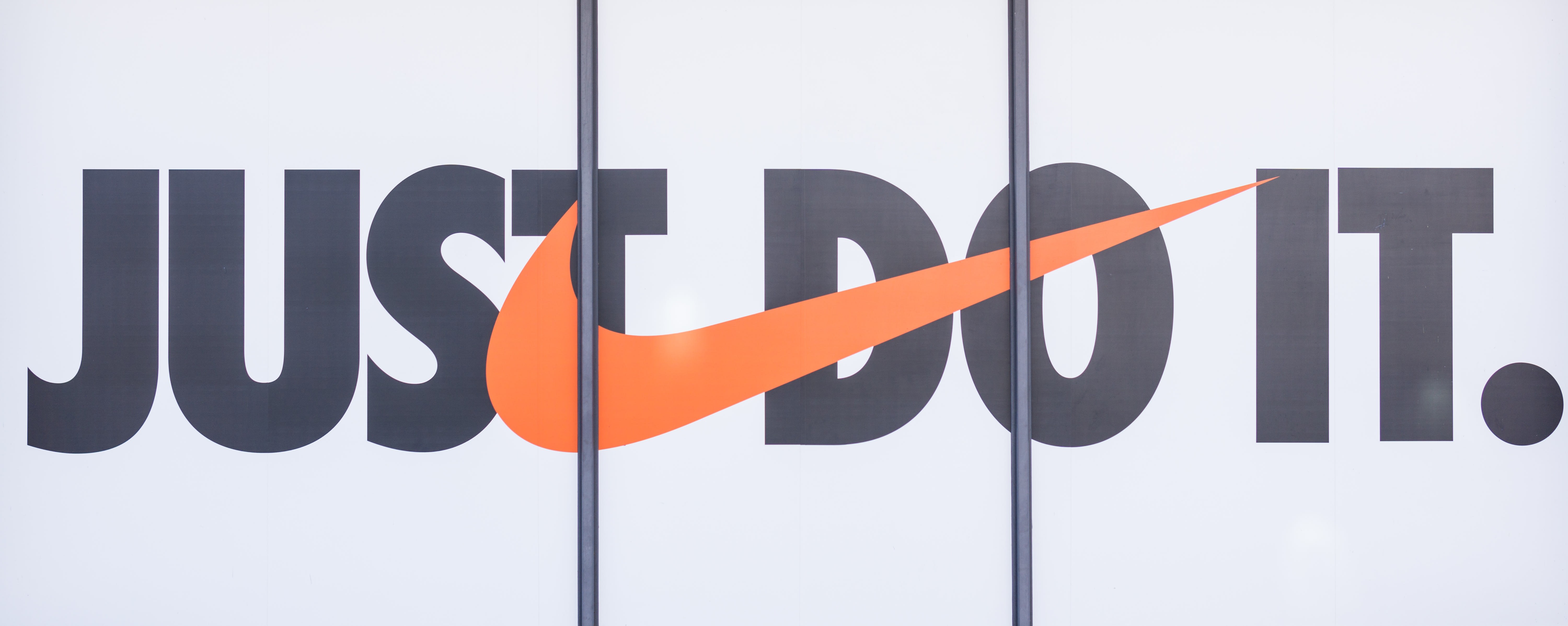The Fairtrade Story: Covering the History and Current State of Fairtrade



Fair Trade: A General Introduction
If you are an eco-conscious consumer, you may have heard of fair trade certified clothing in the news. Perhaps you have seen its tag on various items in retail outlets. Perhaps you even had fair trade coffee from your favorite cafe today! What exactly does ‘fair trade’ mean? More importantly, why should you care?
There are two types of fair trade: fair trade and Fairtrade. The phrase "fair trade" refers to a broad movement that includes a variety of organizations working to eradicate poverty and promote sustainable development. Fair trade organizations aim to guarantee a just and open supply chain. Fairtrade, on the other hand, refers to the independent organization that certifies and labels fair trade products.
When a brand or product is labeled ‘fair trade’, it is recognized and labeled as promoting sustainable development and equity. Fair trade brands and manufacturers empower developing nations through trade, labor rights protections, and environmental preservation.
Read: Case Study - Suvastra, Fashinza's Sustainable Manufacturing Partner

3 Top Reasons to Choose Fair Trade in the Fashion Industry
The fashion industry employs many farmers, middlemen, small business owners. It is our obligation to protect their rights and provide them with fair prices. Here are the guidelines for becoming a fair trade brand/manufacturer:
- Upholding Employees’ Rights
- A certification body inspects working conditions in factories and verifies that the safety and health requirements of all employees are met.
- Slavery and child labor are strictly prohibited.
- Workers who operate in a fair trade work environment have the right to organize and form unions.
- Offering Support to Producers
Fair trade allows items from developing economies to enter more developed ones. To ensure that producers earn a reasonable wage, a fair trade organization agrees upon a minimum price in advance.
Producers are protected from market changes that might cause prices to fall below production costs. To give security to producers, most fair trade organizations use and support long-term contracts.
Also Read: Pros and Cons of Manufacturing in India, Bangladesh, China, and Vietnam: A Comparative Study
- Focus on Environmental Protection
Fair trade companies place a premium on environmental protection. Foreign corporations often engage in agribusiness and production in developing nations without consideration for environmental sustainability. Fair trade agreements put a stop to such harmful practices.
Fair trade organizations emphasize the necessity of sustainable standards in the following ways: water conservation, restriction of certain chemicals, prohibition of genetically modified organisms, and the proper disposal of trash.
History of Fair Trade Clothing
The Fair Trade movement was launched in 1946 by a woman called Edna Ruth Byler. Byler began importing needlecrafts from low-income women in South America. She established the Mennonite Central Committee (MCC): this is regarded as the first Fair Trade organization.
In 1949, Sales Exchange for Refugee Rehabilitation and Vocations (SERRV) International helped create fair trade supply chains in developing nations. Almost all of the items were handcrafted and sold by volunteers in "Charity Shops" or "Ethnic Stores."
Also Read: Gender Pay Gap in the Apparel Industry: What Needs to Change?
The modern fair trade movement started in the United States and became popular in Europe in the 1960s. The movement was based on an equitable framework where prices were directly linked to real production costs and all producers had fair and equitable access to markets. By 1968, the phrase "Trade not Aid" had achieved international prominence.
Individual trade organizations began conducting annual conferences for organizations engaged in fair trade. This resulted in the formation of the World Fair Trade Organization (WFTO) in 1989 and the Fair Trade Federation (FTF) in the late 1970s. Both organizations adhered to globally recognized Fair Trade principles. This meant ensuring a decent wage, equal rights, long-term connections, environmental sustainability, healthy working conditions, cultural respect, and the restriction of child exploitation.
Also Read: Factory Sanitation: Cleanliness in a Sustainable Clothes Factory
In 1988, the first fair trade label, "Max Havelaar," was launched. This is an independent accreditation that allows fair trade commodities to be sold in a variety of places (i.e., not just fair trade stores.) The following year, 38 fair trade groups came together to create the International Federation of Alternative Trade (now known as the World Fair Trade Organization). During that decade, several additional organizations merged, eventually leading to the formation of the Fairtrade Labelling Organizations International (now Fairtrade International or FLO) association in 1997. Its goal was to establish fair trade norms and certify which items should be manufactured in accordance with them.
If you're a clothing brand looking for Fair Trade Certified Manufacturers, we can connect you to some of the industry's best in 24 hours! For any enquiry or consultation, click here!
In 2021
This year saw a slew of fashion labels claiming to be eco-friendly or sustainable. Some of them are new ventures from established firms, while others are from startups. Surprisingly, sustainability is also a focus for a few children's companies. Let’s have a look at a few start-ups and new projects that have been launched recently.
Mitali Bhargava, a Jaipur-based Fair Trade Certified business owner, has launched Littleens, a sustainable children's clothing line that takes pride in manufacturing from rare plant-based fibers. Orange peels, banana, aloe vera, and bamboo are used to make the yarns. The materials are extremely soft and do not cause allergic reactions. The majority of the brand's items are sent to Europe, Australia, Singapore, and Canada, with India accounting for barely 15-20% of the sales.
A few months back, Jain Amar Clothing's Madame women's line debuted an Eco-Aware collection, which the company described as "ethical and sustainable fashion" in terms of procurement, production, and design that had a low environmental effect.
According to executive director Akhil Jain, Madame's long-term sustainability aim is to become a 100% eco-friendly clothing firm. He also said, "We intend to minimize our carbon footprint by at least 80% and become a carbon-negative firm by 2030."
During the COVID-19 pandemic, Richa Mittal and Avni Behl, a fashion design team, created S P A C E, a high-street fashion line fashioned from "natural fabrics." The team noticed a gap because most high-street shops used poly-based clothing. S P A C E offers crisp clothes at smart pricing, but cotton-based companies lack flair and come at high costs.
Most major global companies, such as Zara and H&M, have entire departments dedicated to fair trade certified clothing, however, this isn't a full transformation. Developed nations are considerably more conscious, and focus on selling repurposed and fair trade certified clothing. Nations like India, are still in the process to get there where everybody supports fair trade dresses in their daily routine.
Let’s take a look now at the main goals of fair trade:

Main Goals of the Fair Trade
- Fair trading practices
Fair trade practices include a broad range of issues, including social, environmental, and economic considerations. No company should benefit at the expense of another, and the entire supply chain should be valued. Whether you're a small business or a large company, payments should be done immediately and contracts should be followed.
- Creating opportunities for small producers
Big companies should aid underprivileged producers in overcoming poverty and achieving self-sufficiency.
- Openness and accountability
Every business should maintain transparency with its major trading partners and strive towards open and honest communication. Also, everyone should be held accountable for their activities in the whole trading process.
- Fair compensation
This concept examines various elements of fair compensation, such as:
- Fair prices: Prices should be discussed to achieve a decent bargain for everyone and to include a reasonable profit margin.
- Fair wages: Workers should be given pay that is comparable to the local livable wage.
- Local livable income: Assuming a 48-hour workweek, wages should approximate to a reasonable amount for the region. This income should cover a reasonable standard of living, such as food, water, lodging, and other costs of living.
- Prohibition of child labor and forced labor
Every organization should comply with the UN Convention on the Rights of the Child, ensuring that no child labor or forced labor occurs. Companies should also obey local regulations regarding child and forced labor.
- Fostering skill building
Fair trade companies must aid marginalized employees in developing their skills. This helps workers achieve a better and equitable future.
- Commitment to non-discrimination, gender equality and freedom of association
Policies should be in place to make sure that no discrimination occurs inside the workplace.
- Providing a safe and healthy work environment
Every workplace should offer a safe and healthy environment for its employees. To safeguard employees, adequate health and safety measures should be implemented and be kept under vigilance, so that employees get their basic rights.
- Encouraging ethical trade
All WFTO members should support, promote, and share the ethical trade community's message in order to improve global manufacturing conditions and practices.
- Concern for the environment
In addition to benefiting communities, fair trade organizations should aim to utilize sustainable resources and lower carbon footprints in order to address environmental concerns.
More and more brands in India sell fair trade dresses. We, as a community, should encourage these brands by purchasing from them. The boom in the fair trade certified clothing market will continue into this decade. As a nation, we should encourage people to have a sustainable environment by supporting fair trade certified clothing brands. Here are some famous brands listed below:
To know more about B2B fashion brands, visit the Fashinza website. Read our blog and reach out to us! As your apparel manufacturing partner, we will connect you to the best in the clothing industry.



















